Naveen Kumar Desiraju
Align-ULCNet: Towards Low-Complexity and Robust Acoustic Echo and Noise Reduction
Oct 17, 2024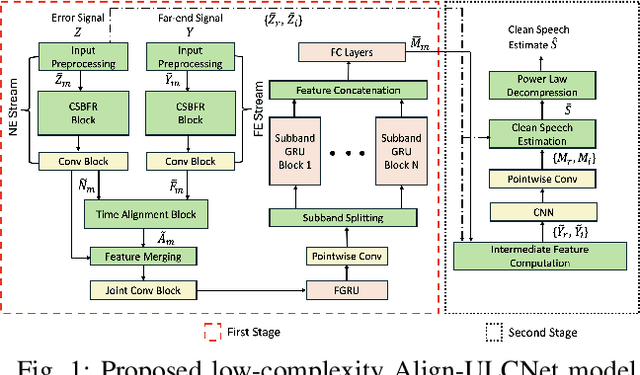
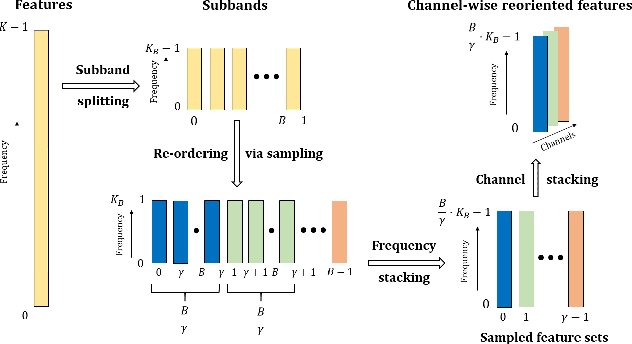
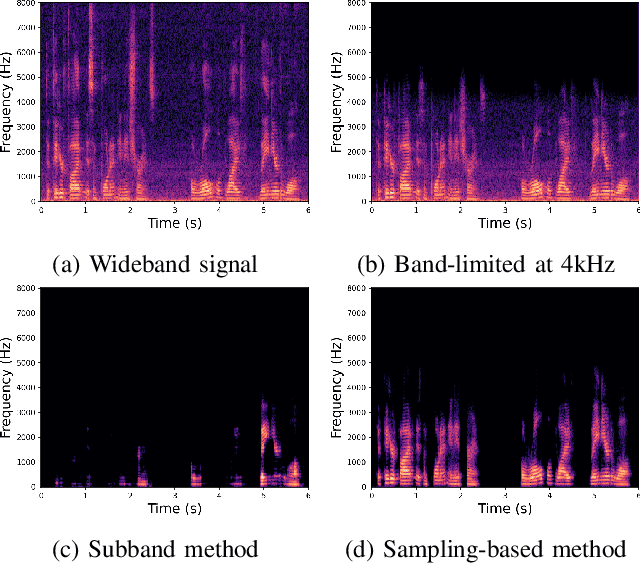
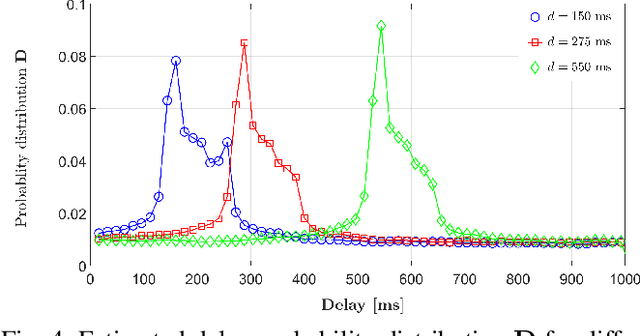
Abstract:The successful deployment of deep learning-based acoustic echo and noise reduction (AENR) methods in consumer devices has spurred interest in developing low-complexity solutions, while emphasizing the need for robust performance in real-life applications. In this work, we propose a hybrid approach to enhance the state-of-the-art (SOTA) ULCNet model by integrating time alignment and parallel encoder blocks for the model inputs, resulting in better echo reduction and comparable noise reduction performance to existing SOTA methods. We also propose a channel-wise sampling-based feature reorientation method, ensuring robust performance across many challenging scenarios, while maintaining overall low computational and memory requirements.
A Hybrid Approach for Low-Complexity Joint Acoustic Echo and Noise Reduction
Aug 28, 2024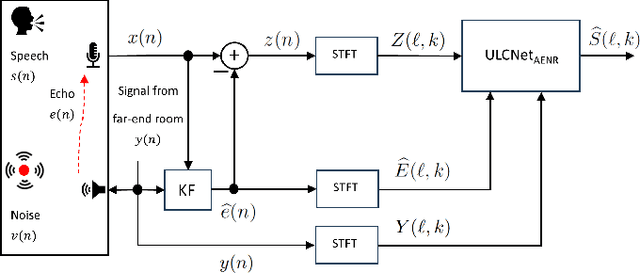

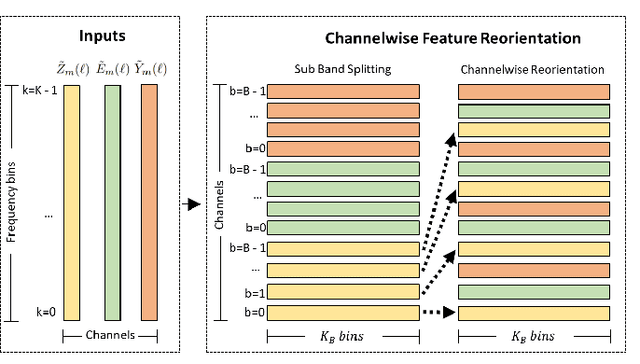

Abstract:Deep learning-based methods that jointly perform the task of acoustic echo and noise reduction (AENR) often require high memory and computational resources, making them unsuitable for real-time deployment on low-resource platforms such as embedded devices. We propose a low-complexity hybrid approach for joint AENR by employing a single model to suppress both residual echo and noise components. Specifically, we integrate the state-of-the-art (SOTA) ULCNet model, which was originally proposed to achieve ultra-low complexity noise suppression, in a hybrid system and train it for joint AENR. We show that the proposed approach achieves better echo reduction and comparable noise reduction performance with much lower computational complexity and memory requirements than all considered SOTA methods, at the cost of slight degradation in speech quality.
 Add to Chrome
Add to Chrome Add to Firefox
Add to Firefox Add to Edge
Add to Edge